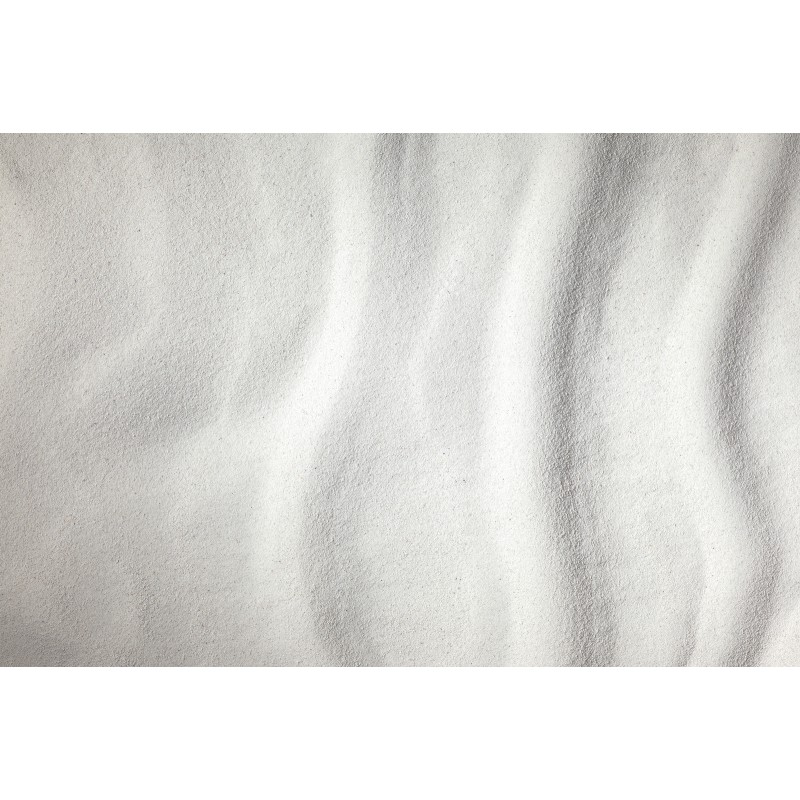

Biomineralization involving microbial organic matter likely also plays an important role in ooid formation. The dissolved calcium carbonate in seawater continues to stick to the cortex and is combined with the high velocity water which creates the smooth, granular shape resulting in the aragonite composed ooid. Compared to other types of sand formation that involve the weathering and erosion of a larger rock by turbulent waters, oolitic aragonite sand is created by dissolved calcium carbonate joining with the cortex or nucleus of the ooid. The nucleus is coated with a thin layer of crystalline carbonate to form the cortex of the ooid. The sand starts to form around a nucleus of calcium carbonate, such as a peloid, shell fragment, or foraminifer. Oolitic aragonite sand forms in high-salinity waters that are turbulent, shallow, and warm.

Changes in seawater chemistry and paleoenvironments can be interpreted by the sand's chemical composition and structure. The production of oolitic aragonite sand in the Bahamas surpasses anyplace else in the world. This sand type forms in tropical waters through precipitation, sedimentation, and microbial activity, and is indicative of high energy environments. Oolitic aragonite sand is composed of the calcium carbonate mineral, aragonite, with an egg-like shape (" oolitic" from the Ancient Greek word ᾠόν for "egg") and sand grain size. Most of the topography of the Bahama Banks is composed of calcium carbonate oolitic aragonite sand material.


 0 kommentar(er)
0 kommentar(er)
